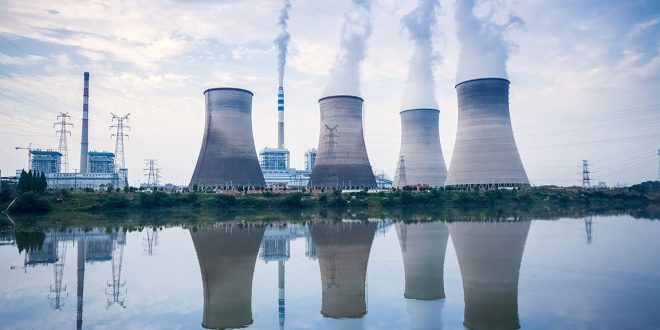The International Energy Agency has called on China and India to reduce coal power generation and put their climate pledges into action, describing both countries as “holding the key to future coal demand”. The world’s two largest coal producers – with economies that account for nearly three billion people combined – are currently responsible for two-thirds of coal demand: the dirtiest form of energy.
Both countries were heavily criticised last month for watering down coal pledges at the COP26 climate summit, altering the phrasing of agreed plans to cut coal consumption from “phase out” to “phase down” over the next two decades.
The energy agency argues there is a disconnect between the commitments made by both countries, and their continued reliance on coal energy.
Keisuke Sadamori, director of energy markets and security, said: “The pledges to reach net zero emissions made by many countries, including China and India, should have very strong implications for coal – but these are not yet visible in our near-term forecast, reflecting the major gap between ambitions and action.”
Sadamori’s urgent criticism accompanied the IEA’s latest annual coal report, which gloomily revealed that coal power generation has soared to worldwide record levels this year.
After falling over the past two calendar years amid a global push towards renewables and the volatility of the pandemic, global power generation from coal is expected to jump by nine percent in 2021 to a new peak of 10,350 terawatt-hours.
The rebound is being driven by this year’s rapid economic recovery in developed G20 nations, which has pushed up electricity demand much faster than low-carbon supplies can keep up with.
Steep hikes in natural gas prices have also increased demand for coal power by making it more cost-competitive.
Overall coal demand worldwide, including uses beyond power generation such as cement and steel production, is also forecast to grow by six percent in 2021.
That increase will not take it above the record levels it reached in 2013 and 2014, but weather patterns and economic growth could boost coal demand to new peaks as soon as 2022 and remain at that level for the following two years.
The IEA is once again pushing for government interventions, to limit global temperature rises to 1.5 degrees or less this century.
Executive director Fatih Birol said: “Coal is the single largest source of global carbon emissions, and this year’s historically high level of coal power generation is a worrying sign of how far off track the world is in its efforts to put emissions into decline towards net zero.”
More than half of global coal-fired electricity generation takes place in China, where coal power is expected to grow by nine percent in 2021 despite a deceleration at the end of the year.
In India, it is forecast to grow by 12 percent.
This would set new all-time highs in both countries, even as they begin to ramp up solar and wind production.
While coal power generation is set to increase by almost 20 percent this year in the United States and the European Union, this would not be enough to take it above 2019 levels.
Coal use in those two markets is still expected to decline next year amid slow electricity demand growth and rapid expansion of renewable power.
China and India have so far committed to reaching net zero carbon emissions by 2060 and 2070 respectively.

 Iran Energy News Oil, Gas, Petrochemical and Energy Field Specialized Channel
Iran Energy News Oil, Gas, Petrochemical and Energy Field Specialized Channel



